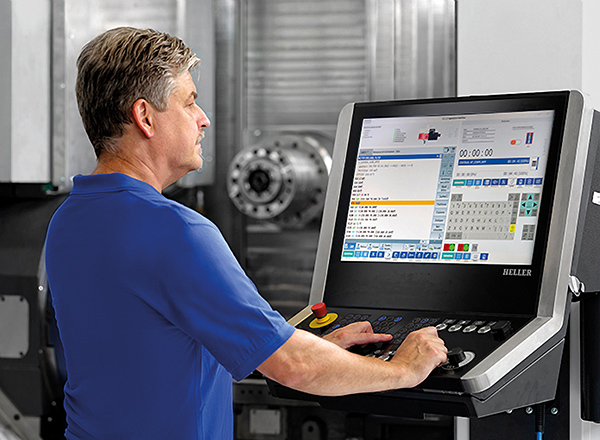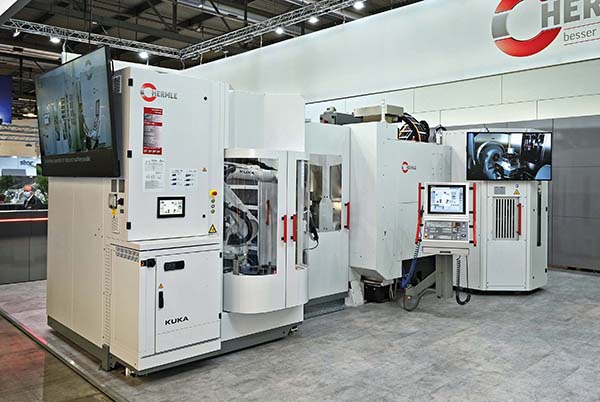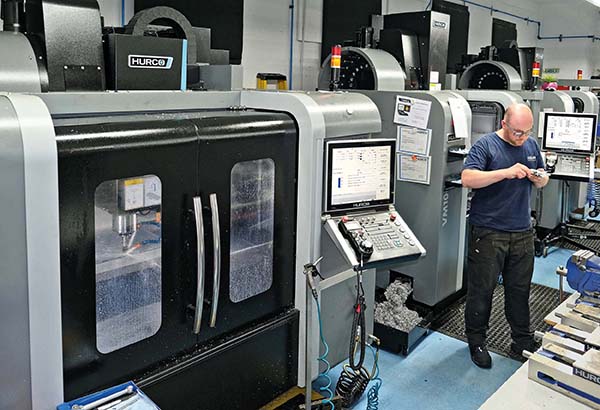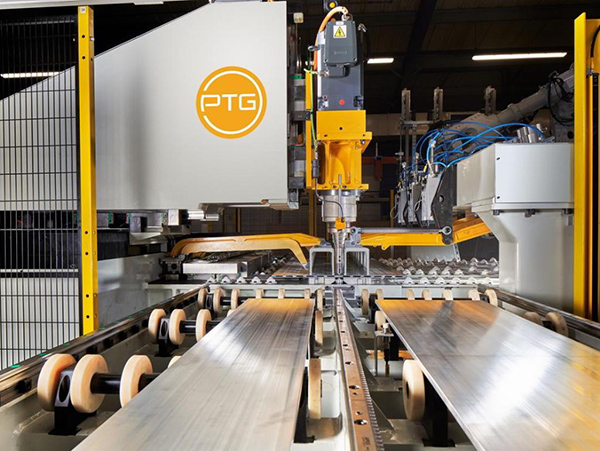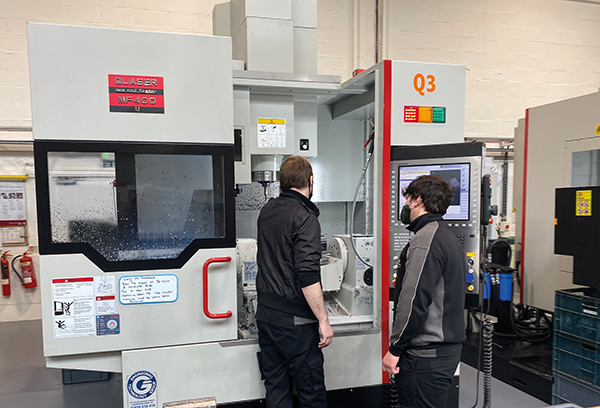
Heller has introduced a second generation of its HF five-axis, horizontal-spindle machining centres. The HF 3500 and HF 5500 incorporate a multitude of improvements that build on the launch of the series in 2016. For instance, although the working volume of the HF 3500 remains 710 x 750 x 710 mm, the larger model has gained 30 mm in the Z axis, so travels are now 900 x 950 x 930 mm. Both machines are available with either an HSK-A63 or HSK-A100 tool interface and in three versions: POWER, SPEED and the new PRO option. The latter is for long periods of simultaneous five-axis machining.
Designed to raise cutting performance, innovations in the second generation include: an approximate halving of the minimum distance between the spindle nose and the centreline of the 225° swivelling trunnion; the availability of twin motors and ballscrew drives for moving the trunnion/rotary table assembly in the Z axis, with position feedback via linear scales; and the offer of six new spindles produced in an automated facility at Heller’s headquarters in Nürtingen, Germany. As before, a column travelling over the bed executes the X-axis motion, while Y-axis movement is courtesy of the spindle head moving up and down the column.
Other notable improvements in Gen2 machines include increased stiffness of key components, shorter chips-to-chip times and faster tool changes from a chain-type magazine with up to 240 pockets or a rack-type magazine with up to 405 positions. The high-end PRO package additionally offers 10 m/s2 acceleration in X, Y and Z. The guideways employ linear roller bearings, enabling high dynamics and rapids up to 90 m/min, while the rotary axes have direct drives and stable YRT bearings.
For further information
www.heller.biz







